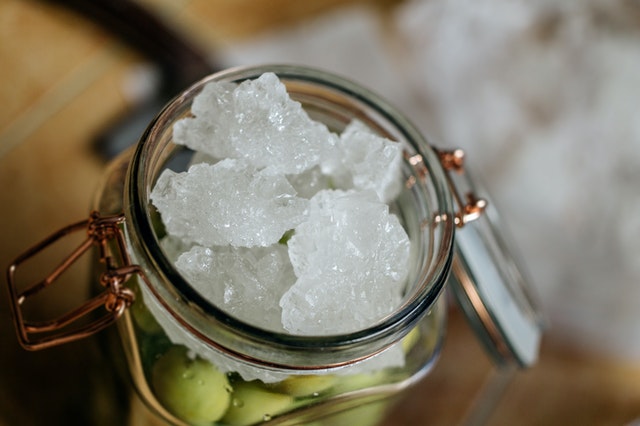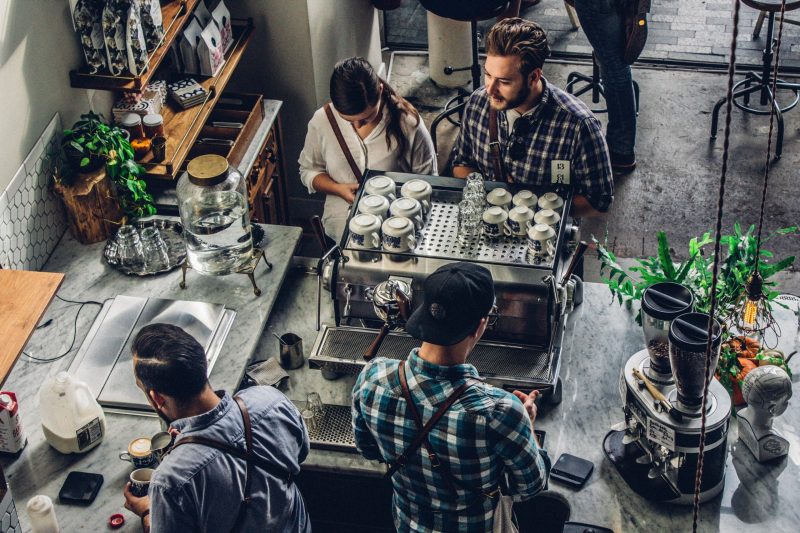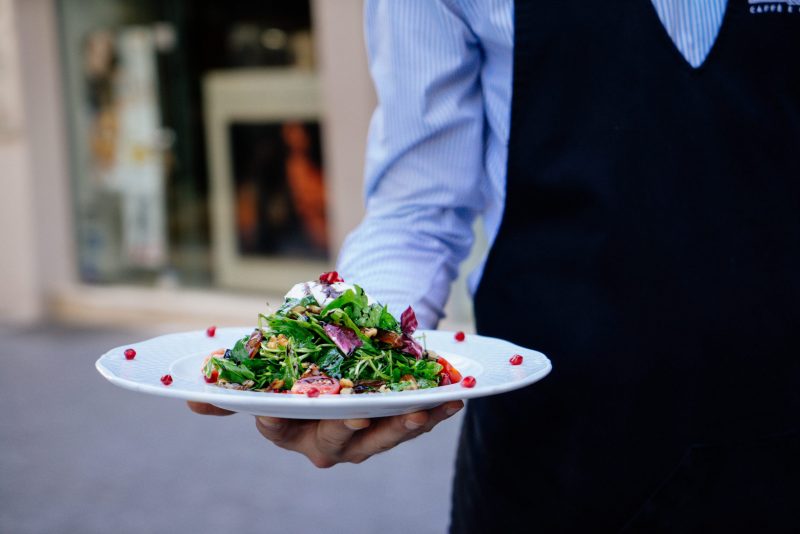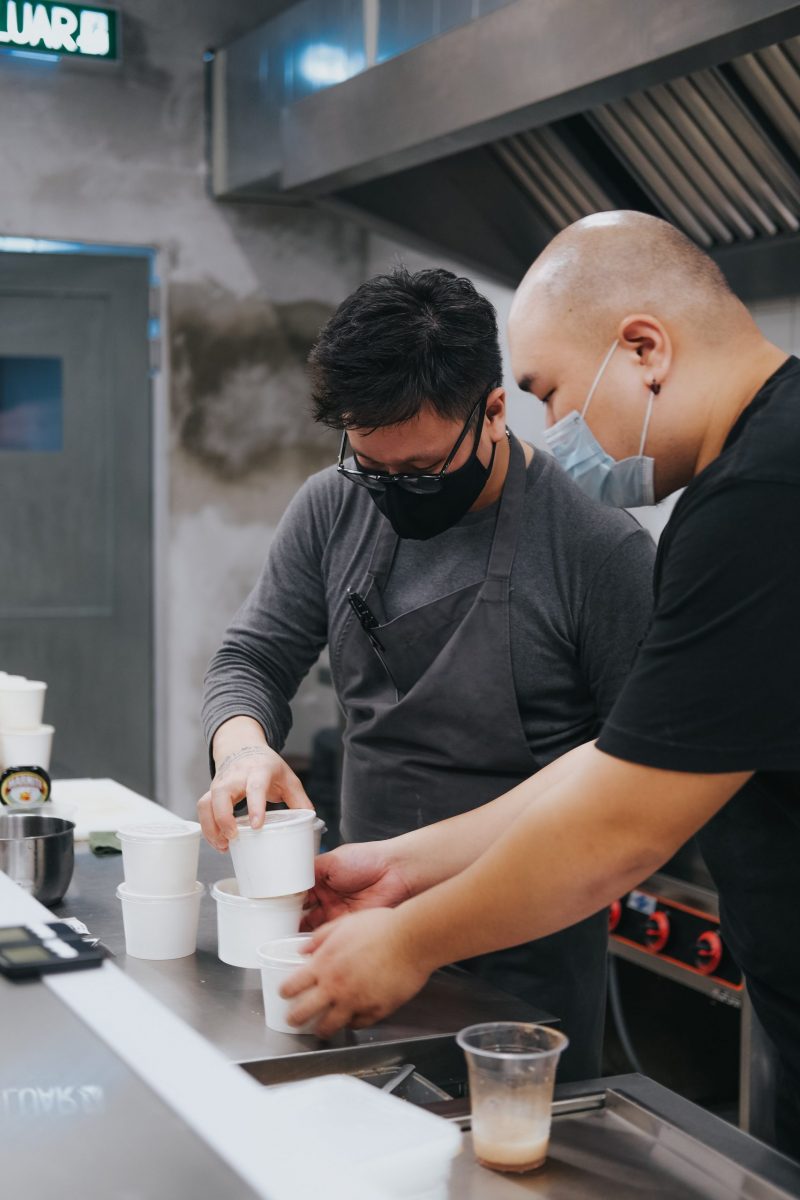Safely cooling foods is necessary to keep the natural quality of the food as it was originally. The purpose of food cooling is to implement food protection measures, not to allow food to be contaminated by pathogenic microorganisms, toxic chemicals, and other physical hazards. It should be remembered that most food poisoning cases are caused by microorganisms, accounting for a high rate of 50 to 60%. So, what is the definition of cooling foods? What is the best alternative to safely cooling foods? Let’s follow this article on Servsafe-Prep for more information now!
Safely Cooling Foods
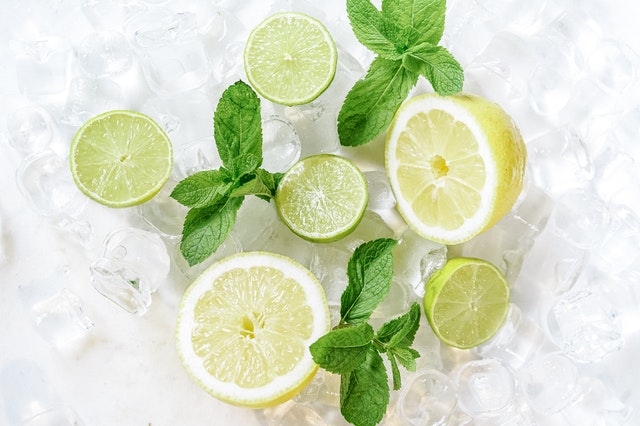
The Definition of Cooling Foods
Cooling food is the process of lowering the temperature of food to near its freezing point, that is, not down to the freezing point of the product. The purpose of this process is to ensure safe food, avoiding pathogens from outside the food. The freezing temperature of animal meat or plant products is lower than the freezing point of water. It does not have to be constant, but changes according to specific conditions. Usually, the freezing point of cells is a few degrees lower than the freezing point of water.
Temperature range of Safely Cooling Foods
TCS food is the type of food that often requires a certain amount of time as well as temperature control to stay secure for utilization. During the process of cooling nourishment, you would like to require it from 135°F to 41°F within exactly 6 hours. Microscopic organisms develop particularly quickly at a temperature range that fluctuates from 125°F to 70°F, therefore, when cooling nourishing you must follow these principles to ensure it can pass through this process as rapidly as conceivable:
Remember to cool food from 135° F to 70°F within approximately 1.5 – 2 hours. If the temperature of food can not reach 70°C within this given time, it is important to reheat and cool food one more time.
Besides, you can cool food from 70°F to 41°F (or lower to certain situations) within 4 hours. Keep in mind that the total time for the process of cooling foods to reach the temperature of 41°F should not exceed 6 hours. Otherwise, let’s reheat and cool the food again.
Read more>> What is the Temperature Danger Zone ServSafe?
Factors That Affect the Process Of Cooling Foods
Time and compliance
The first factor affecting the operation of cold storage is operational efficiency. To achieve this effect, cold storage managers need to adhere to basic principles, especially the principle of time. Different foods have different storage temperatures. Therefore, it is necessary to pay attention to the characteristics of the food to adjust the temperature accordingly. The cold storage operation process needs to comply with the operating principles.
Food life cycle
Keeping food from spoiling is the most important element of cold storage. However, there are many problems that occur during the maintenance of the product life cycle when stored. You need to ensure the temperature of the food stays fresh during storage and preservation.
The process of preserving food in cold storage includes the issue of food safety in the warehouse. Therefore, it is very important to monitor and manage the quality of food when it reaches consumers. Without strict supervision and inspection, the transportation of food can cause the goods to deteriorate.
The exact location of the product
Cold storage operators need information about the exact location of products in the warehouse. Thereby identifying products that may be affected by sudden temperature changes. This is a big challenge for cold storage operators.
Accordingly, the operator needs to be able to trace the origin of the goods in the warehouse. Also, practice applying accurate data to meet food preservation needs. Fresh produce or perishable foods require closer monitoring of external factors such as humidity or CO2.
Cold storage structure
If the cold storage structure has poor or unreasonable heat and sound insulation, the cold storage will be very susceptible to fluctuations, causing the melting or recrystallization of ice crystals.
Food thickness and size
The thicker the food, the larger the size, the longer the cooling process will take. Therefore, food chillers need to have an understanding of food and the time it takes for food to cool.
Effective Methods Of Safely Cooling Foods

Safely cooling foods is done by a variety of methods to prevent microorganisms in food from growing because they often require the right air, humidity, nutrients, and warmth. Therefore, the measures taken must be based on some basic principles and conditions such as aseptic to prevent contamination, keeping the biological static state of microorganisms to prevent In which the measure of controlling the temperature at a low level by means of refrigeration equipment and tools such as refrigerators, cold chambers, cold storage… with appropriate coldness is quite common. and easy to do. Here are some commonly used safe methods to cool food:
Static cooling
The cold rooms are equipped with static indoor units that evaporate directly or cool indirectly through salt water. Cold air in the room has natural convection. Products to be cooled are stacked on shelves (vegetables, grains) or hung on trolleys (half pork or half or quarter beef). The initial stage when the product temperature is still high can be adjusted to bring the room temperature down to -2°C or -3°C. The final stage when the product temperature is low raises the room temperature to -1°C to 0°C. The static refrigeration method has a slow cooling speed, and takes up cooling area, but has small food loss and high air humidity.
Enhanced cooling
The cold rooms are equipped with various types of fans. The indoor unit can be evaporator directly through salt water. The speed of air circulation in the room can be up to 3-4 m/s. In the first stage the temperature can be lowered to -5°C for pork and – 1°C for beef, in the later stage it is raised to -1°C – 0°C, and the air velocity is reduced to half. Air humidity is maintained from 85°C – 95°C.
Due to the air circulation, the cooling process increases, and the cooling time is shortened. Care should be taken that the product does not freeze. The mass loss due to drying loss is greater than that of the static cooling method. This method can be applied to all kinds of meat products, fish, vegetables, etc. The cold room can be built in the form of a tunnel with product trolleys and push-in and out rails.
Spray cooling
The cold rooms are equipped with saltwater spray chambers. The air exchanges moist heat directly with the brine and then cools the product. This method reduces the loss of mass due to very high humidity, avoids fat oxidation, and preserves vitamins. The disadvantage of this method is that it cannot be used for products that are moisture- and salt-resistant
This method is very effective for chickens, ducks, and poultry packed in vacuum-sealed plastic bags. Cold brine can be sprayed directly on the product. For vegetables, use cold water near 0°C directly, both for a cooling effect and for washing vegetables.
Read more>> ServSafe Temperatures and Time Control
Cooling by dipping food in cold brine
For cooling, the product can be directly immersed in cold brine, cold water, or cooled seawater. Due to the very large coefficient of temperature exchange between the brine and the product, the cooling time is significantly reduced. This method can be used very effectively for products packed in sealed plastic bags such as chickens, ducks, and poultry. People can also use this method to chill fish without plastic bags. However, when soaking fish without plastic bags in cold seawater, the fish swells and increases in weight by 10%, so additives must be added to cold seawater to balance the osmotic pressure.
Frozen ice
The most common method of cooling fish is the ice method. The ice is crushed, then mixed with salt or antibiotics to preserve the fish. Rocks and fish are laid in layers and after a certain period of time can be further compacted as some have melted. If the fish has been cooled in brine, the ice will be less expensive to marinate and the ice will last much longer in the fish box.
Marinating can also be used for different types of fruit and vegetable products. Just put ice in the freezer compartments then put food or vegetables in the middle. The temperature of the food or vegetable is reduced to nearly 0°C melt ice. In cold countries, people can use this method of burying snow to preserve food and vegetables.
Vacuum cooling
This is a new cooling method used for vegetables and fruits. Vegetables and fruits are placed in a sealed metal room, which is vacuumed after closing the room by means of ejector-type compressors. Under vacuum pressure, steam from the vegetables themselves is emitted to cool the vegetables. This method has the advantage that the cooling process is very fast, ensuring product quality and aesthetics.
Record Cooling Foods Process
An indispensable step in the cooling foods process is to accurately record the process. The hourly record should include the timestamps (in days), the names of the foods to be cooled, the cooling methods used for each food, and finally the temperatures measured at the hour. In the case of food that is above 135° F, don’t forget to note the time when the food reached 135° F.
The purpose of this note is to help control the entire cooling process of the food and to limit any errors that occur during the cooling process. In a day, a food service facility needs to process thousands of foods. If food is not cooled carefully, it is impossible that food can spoil and spread bacteria to other foods.
Notes When Cooling Foods
Currently, there are many ways to quickly cool potentially hazardous foods. However, chillers need to determine exactly which method will work best for a particular food. Here are some notes when cooling foods to ensure safety for health:
- Stir in soups, gravies, sauces, and chili peppers that are stored in a storage container and placed under an ice bath. The depth of the ice should be equal to or greater than the depth of the food.
- Transfer hot foods to a pan or saucepan that is 4 inches or less deep, then cool them. You can keep the lid open until the food’s temperature reaches 45 degrees F.
- Cut solid foods, such as roasts, into 6-pound or smaller portions after cooking and before the cooling process.
- Use a refrigerator with an instant chiller to help cool foods more quickly than a standard refrigerator. It is recommended to use this special type of refrigerator when pre-prepared food is available in large quantities.
FAQs
Conclusion
In conclusion, when it comes to safely cooling foods, the best alternative is to use a combination of proper storage techniques, such as shallow containers and refrigeration, alongside quick chilling methods like ice baths or blast chillers. These measures ensure that food reaches safe temperatures rapidly, minimizing the risk of bacterial growth and maintaining food quality
Below is the most basic information about the process of cooling foods as well as the answer to the question: what is the best alternative to safely cooling foods? Hope that you can gain more knowledge about operating food service facilities.
Visit our website to get a free ServSafe practice test for your coming exam! To download, visit our website for your IOS or Android device.

